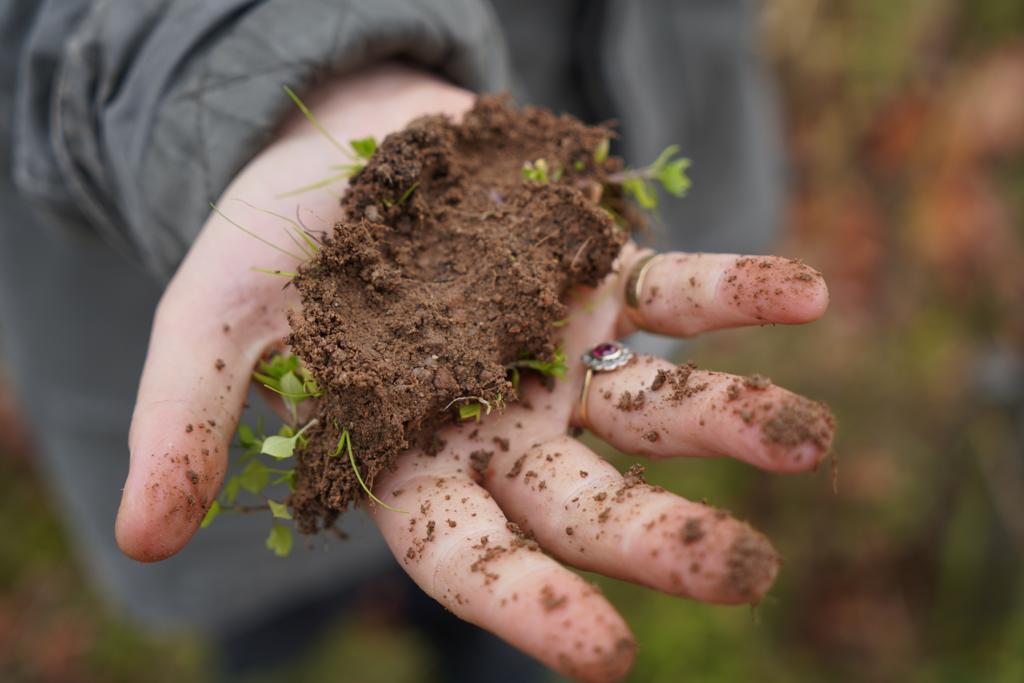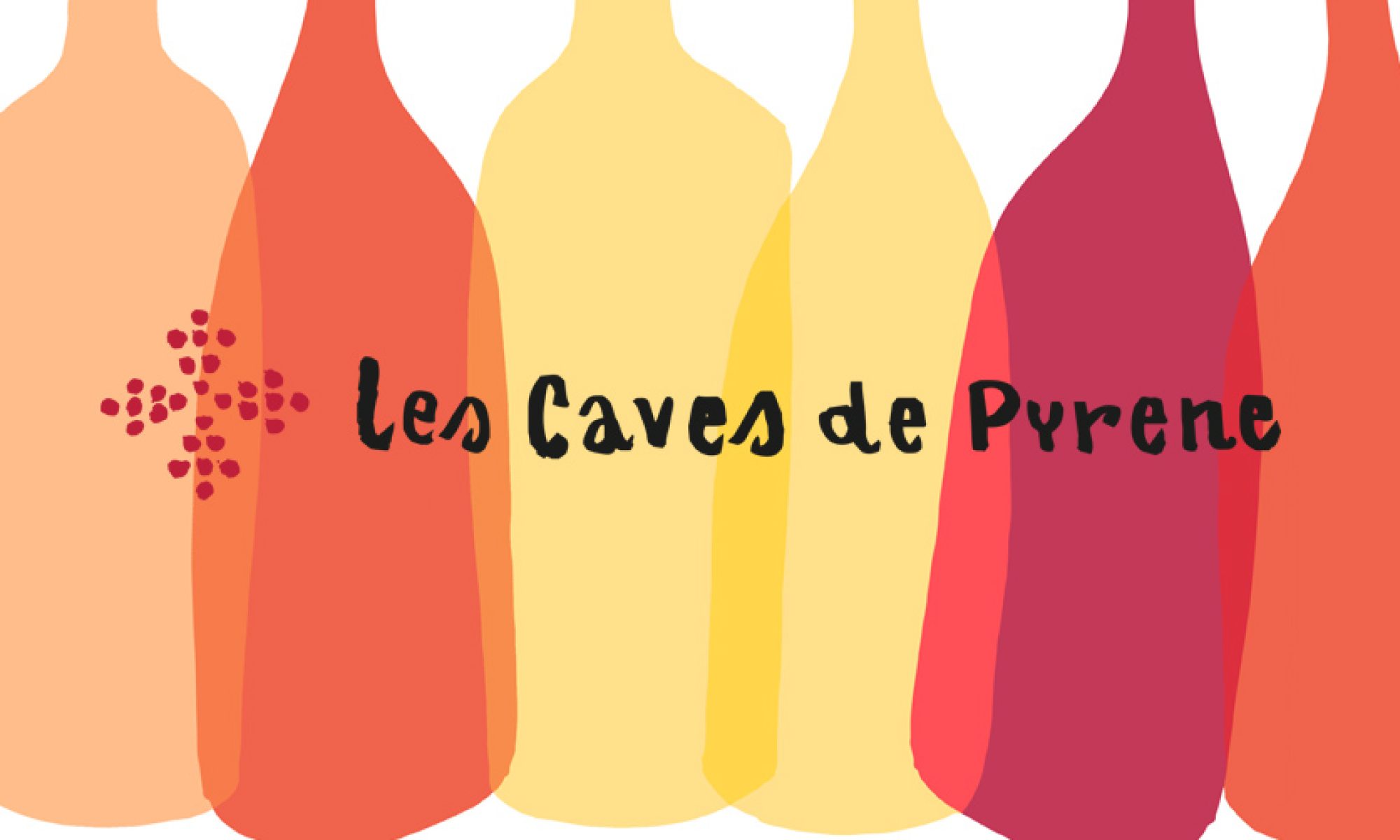
One of the terms that wine professionals frequently “deploy” in conversation amongst one another is terroir, although it can also be used when referring to food or the rootedness of the cuisine of a particular place. Technically speaking, it is a shorthand term to describe the particularities of climate, aspect and soil, those geographical and geological features that influence the nature of the wine itself. Terroir is regarded as the unique imprint of the vineyard carried into the very flavour of the wine, the idea being that we are able to taste the terroir when we are drinking the wine. And that a wine conveys terroir is considered a positive attribute; it gives it the ring of authenticity and makes it stand out from the crowd.
This assumes that terroir is transmitted into wines in a way that allows us to identify what it is bringing to the table.
When comparing two or more wines from the same grape variety from different vineyards which have different physical properties, obvious differences may be detected. I am not sure one even needs to be a specially skilled taster to do this. When we are comparing things that we know are not the same, we tend to look more closely for these differences (and usually find them).
Whenever we taste a wine, it presents a range of aromas and flavours that we perceive uniquely and proceed to describe in a way that relates to our experience. Often we sense a quality in the wine that is difficult to put into words, and we might like to characterise as terroir, that sense of origin which has not been obscured by intrusive winemaking (for example). Even if we don’t know where it comes from or how it arises, we perceive it in terms of “minerality”. Whatever that means, indeed. Minerality is such a common descriptor in tasting notes that we cannot ignore. Whether a wine can physically possess this intrinsic property” or whether we are tasting something else is the question that scientists understandably wish to pose.
Jamie Goode writes in Wine Anorak:
Sense of place is an abstract property: it is something we learn to associate with a wine where that wine has distinctive flavour that is unique to that place. And where white and red grape varieties are grown in adjacent plots, even if the soil is homogeneous, the resulting wines are usually completely different, yet we might consider both to express a sense of place, even though they have little in common.
Wines are different for innumerable reasons. The grapes matter, the vines matter, the soils matter, the farming matters, the locale matters, the yeasts matter, and of course, the process matters.
The argument is that terroir is a concept that we apply to wines of a certain place and not an inherent property of the wine-in-that-place and that where it creates distinctiveness in wine, it does so in subtle and indirect ways.
This view further posits that we may be tasting chemicals and a combination of aromatised flavours which interact with a part of our memory and the area of the brain that is trained to recognise flavours and equate them with certain wines. Said aromas and flavours may come from the grapes themselves, the yeasts and bacteria present in the must, or from various chemical and microbiological reactions that take place during the transformation and maturation of the wine, or from the elevage itself in whatever vessel the wine undergoes this process in.
Disregarding the taster’s unique palate and experience, these are what makes the wine taste the way that it does.
I submit that we are able to discern whether the wine possesses the characteristics of certain minerals, of climate and vintage, and yes, even the soils in which the vines grow
When we talk of terroir, we are not speaking of exact flavours but the fugitive (or distinct) impression we have of minerality that we imagine derives from the soil. Science suggests that these minerals are present at very low concentrations in the wine, yet we seem to be able to detect them and describe the corresponding sensation of minerality. In other words, wines from grapes grown on limestone (or granite or basaltic soils) don’t necessarily taste of those exact stones, and yet we receive mineral impressions (in salt form) of the self-same soil types.
It is true that there are other factors in play as well as the topographical elements and the nature of the soils. The water and the environment (biosphere) affect the very nature of the vine and the grapes that grow on it. If the vine changes because of the soil and the environment, so does the wine. Isn’t this part of what terroir is?
Say a winemaker who has farmed organically begins to spray the vines with chemicals or apply chemical fertilisers over successive vintage, does this not affect the relationship between the soil and the vines, and the consequent expression of terroir?
Another argument goes that growers change the methods of winemaking to suit the perception of the terroir. Perhaps. Those who farm the vines best understand the terroir of their vineyards. They appreciate where the vines thrive, and which parcels give the finest expression of place. They are bound to be careful, treat the grapes with respect, and use the most sensitive winemaking methods in order not to obscure the latent properties of the grapes and indeed bring out and exalt those qualities.
Flipping the argument, how is it that tasters, experienced or otherwise, can detect clear differences between wines made from grapes grown on vines on specific soil types? When we talk about terroir, we are usually referring to a prevailing soil characteristic. When growers come over to do tastings or organise presentations, they often bring a collection of stones or jars filled with soil to illustrate what the roots of the vines have their feet in.
What are we tasting when we say we taste terroir, and why are we tasting it? Are we somehow inferring the terroir from a necessarily limited menu of options and from random chemical flavours that somehow correspond (taste wise) with the soil type wherein the grapes originate? Or is it that many and varied elements conspire together to convey the impression of terroir are more pronounced in these wines?
When blind tasting, I submit that we are able to discern whether the wine possesses the characteristics of certain minerals, of climate and vintage, and yes, even the soils in which the vines grow. If you have prior knowledge of these things, then the process of identification of such properties may be easier.
Terroir is more than rocks. Soils is made up of a mixture of organic material, minerals, gases, water, and organisms, that together support the life of the plants. The soil feeds the vine and gives it life. Rather than thinking what is the rock type, we should be asking what the nature of the life in the soil is, and how it impacts the vines and ultimately the wine that is made from the grapes.
The grower is equally part of the terroir, both influenced by the landscape and influencing it in innumerable ways. They may intimately understand not just one parcel or block of vines or a row, but even a single vine – and how it performs. They know how to prune, how to train vines, what measures to take in and around the vines. This sensitivity is designed to enhance terroir expression. Whether it does or not, it indicates that many growers have a clear feeling for what their vineyards are capable of.

